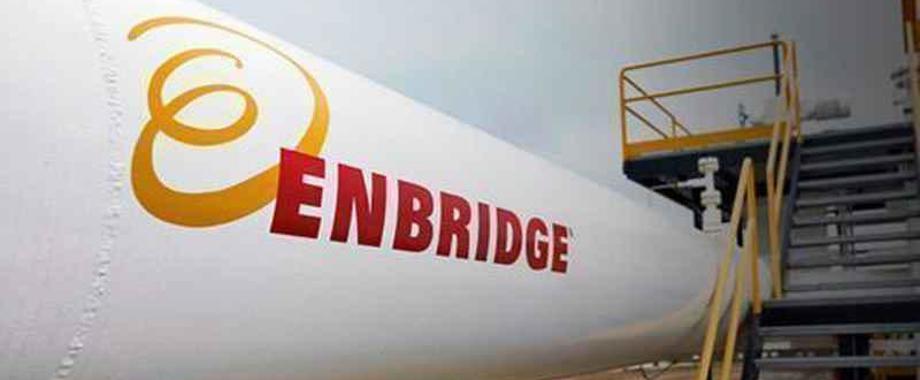
Enbridge CEO Urges Canada to ‘Build Now or Fall Behind’ on Energy Infrastructure
Enbridge CEO Greg Ebel urged Canada to accelerate energy infrastructure projects, warning that delayed permitting and inconsistent policies threaten the nation’s competitiveness. “We can’t walk anymore; we need to run,” Ebel told the Empire Club of Canada.
(P&GJ) — Enbridge CEO Greg Ebel issued an urgent call for Canada to accelerate its energy infrastructure development, warning that the country risks falling behind global competitors unless it moves faster on permitting and policy clarity.

Speaking before business leaders at Toronto’s Empire Club of Canada, Ebel said the past decade has been a “competitiveness disaster” for Canada but argued the next 10 years could mark a renaissance—if the country acts decisively.
“When Canada builds, Canada prospers,” he said. “We can’t walk anymore; we need to run—fast.”
Ebel, originally from Ontario, said Canada’s potential is being held back by slow permitting and regulatory uncertainty that are driving investment elsewhere. “We have a long way to go,” he said. “Projects linger. The permit process stretches on. Capital looks elsewhere. We’re losing this race.”
He emphasized that markets thrive when governments set clear rules, credible timelines and consistent decisions. “The time for talk has passed,” Ebel said, commending Prime Minister Mark Carney’s ambition to make Canada an energy superpower but urging concrete action.
Ebel outlined five steps to restore competitiveness: simplify regulation, shorten approval timelines, reward emissions progress rather than penalize it, attract investment through coherent policy, and expand Indigenous equity participation in energy projects.
He noted that public support for Canadian energy development remains strong—88% of Canadians view oil and gas as vital to the economy, while 75% back a western oil pipeline and 72% believe the country can build pipelines while cutting emissions.
“This is the time to remind ourselves—we should be the best at this,” Ebel concluded. “We should lead the way and show the world how it’s done—wisely, responsibly, efficiently, effectively. The need is there. The rationale is there. The public sentiment is there. It’s now time to build.”
